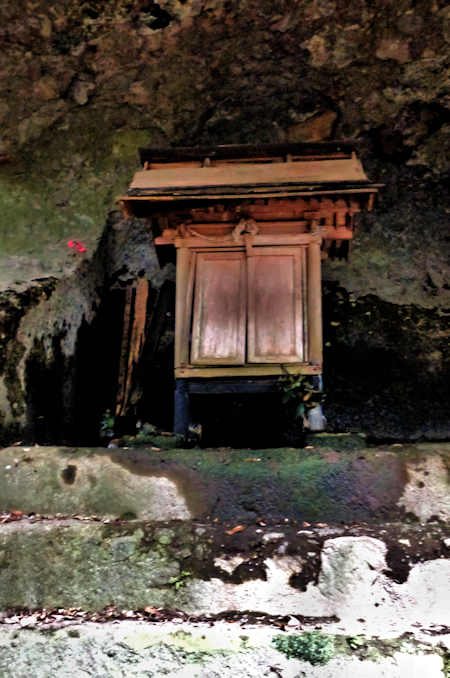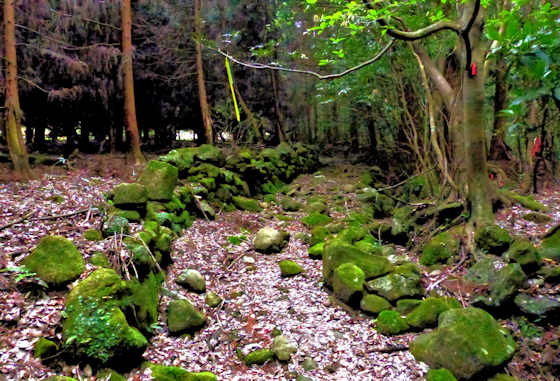Showing posts with label Kunisakihanto Minemichi Long Trail. Show all posts
Showing posts with label Kunisakihanto Minemichi Long Trail. Show all posts
Sunday, April 24, 2022
Choanji Flower Temple
Thursday, January 13, 2022
Mishima Shrine & Misosogi Shrine
Mishima
The Kunisaki Peninsular is a roughly circular volcanic cone, and from the central high point a series of 28 valleys raditae out. What this means is that to walk around the peninsula involves an awful lot of ups and downs.
Monday, August 30, 2021
A room with a view at Nameshi Dam
Nameshi Dam
I havent used a tent in more than 30 years, preferring to sleep under the stars when possible, and in a bivvy sack if its wet. Here I had toilets nearby and drinks vending machines. There is a small shop but it has never been open whenever I was here. There is a replica waterwheel, many cheery trees that have passed theor blossom by date, and a small house used as a vacation rental I believe.
Thursday, May 20, 2021
Umi Shrine
Labels:
Kunisakihanto Minemichi Long Trail,
kyushu fudo,
Shrine,
torii
Saturday, February 20, 2021
Yama Shrine
After leaving Fuki-ji temple, the oldest wooden building in Kyushu and a fairly major tourists site, I carried on up the narrow, mountain road upon which vehicular traffic had ceased passing me. On this, my first day embarked upon the Kyushu Fudo Myo Pilgrimage I was following the Kunisaki Hanto Minemichi Long Trail which roughly followed the route of the ancient Kunisaki pilgrimage.
There are said to be more than 32,000 stone statues of various sizes throughout the peninsula, one for each kanji character that comprises the Lotus Sutra.
Wednesday, November 11, 2020
Fuki-ji Temple the Oldest Wooden Building in Kyushu
Tuesday, May 26, 2020
More Kunisaki Cliff Carvings
The Motomiya Magaibutsu are a set of Buddhist cliff carvings in the Kunisaki Peninsula. I had started the day at what are believed to be the biggest cliff carvings in Japan, the Kumano Maigaibutsu, and later in the day after visiting the wonderful statuary on display at Makiodo I carried on walking north .
The figure on the left is a Jizo, next to Jikokuten. In the center of the first photo is a Fudo Myo flanked by his two attendants Setakadoji and Kongaradoji. The figure on the far right is Tamonten. It is believed they were all carved in the late Kamakura Period. Oita, and Kunisaki in particular, has the highest concentration of magaibutsu in Japan.
I was on the first day of my walk along the Kyushu Fudo Myo Pilgrimage, and as the first few temples were all located in Kunisaki I took the opportunity to take a longer walk roughly following the old Kunisaki/Hachiman pilgrimage. Kunisaki remains my favorite area in japan because of the remoteness and huge diversity of ancient religious sites.
The Motomiya Magaibutsu are now protected by a roof, but 20 minutes earlier I had visited a smaller set of Magaibutsu, the Daimonbo Magaibutsu, at the ruined site of a former temple. These magaibutsu are still exposed to the elements and are somewhat more eroded. Out of the photo on the left is a small standing Fudo Myo. The figure on the right is said to be Dainichi Nyorai, but no-one seems sure who the central figure is.
Just beyond the site of the ruined temple is a small Inari Shrine. The sheer number of shrines and temples and such in the area is quite staggering. It is said that there are more than 32,000 stone statues of various sizes in the area..... one for each kanji of the Lotus Sutra. It is thought that the Lotus Sitra is "mapped" onto the landscape of the Kunisaki Peninsula.
This was my sixth trip to the area and I was hoping to get to some of the many sites I had long been wanting to visit.....
Tuesday, March 3, 2020
Treasures of Makiodo
 |
| The Treasure Hall at Makiodo Temple in the Hunisaki area. |
Makiodo was built on the site of Makisan Denjo-ji, a large temple in the Kunisaki Peninsula area of Oita. The temple burned down in the early 14th Century but some of the statues were saved and are on display now at Makiodo.
 |
| Amida Nyorai flanked by the 4 Shitenno |
 |
| Rare Statue of Daitoku Myo at Makiodo |
 |
| Fudo Myo at Makiodo in Kunisaki |
 |
| Ancient Nio statue on display at Makiodo |
Subscribe to:
Posts (Atom)




















































